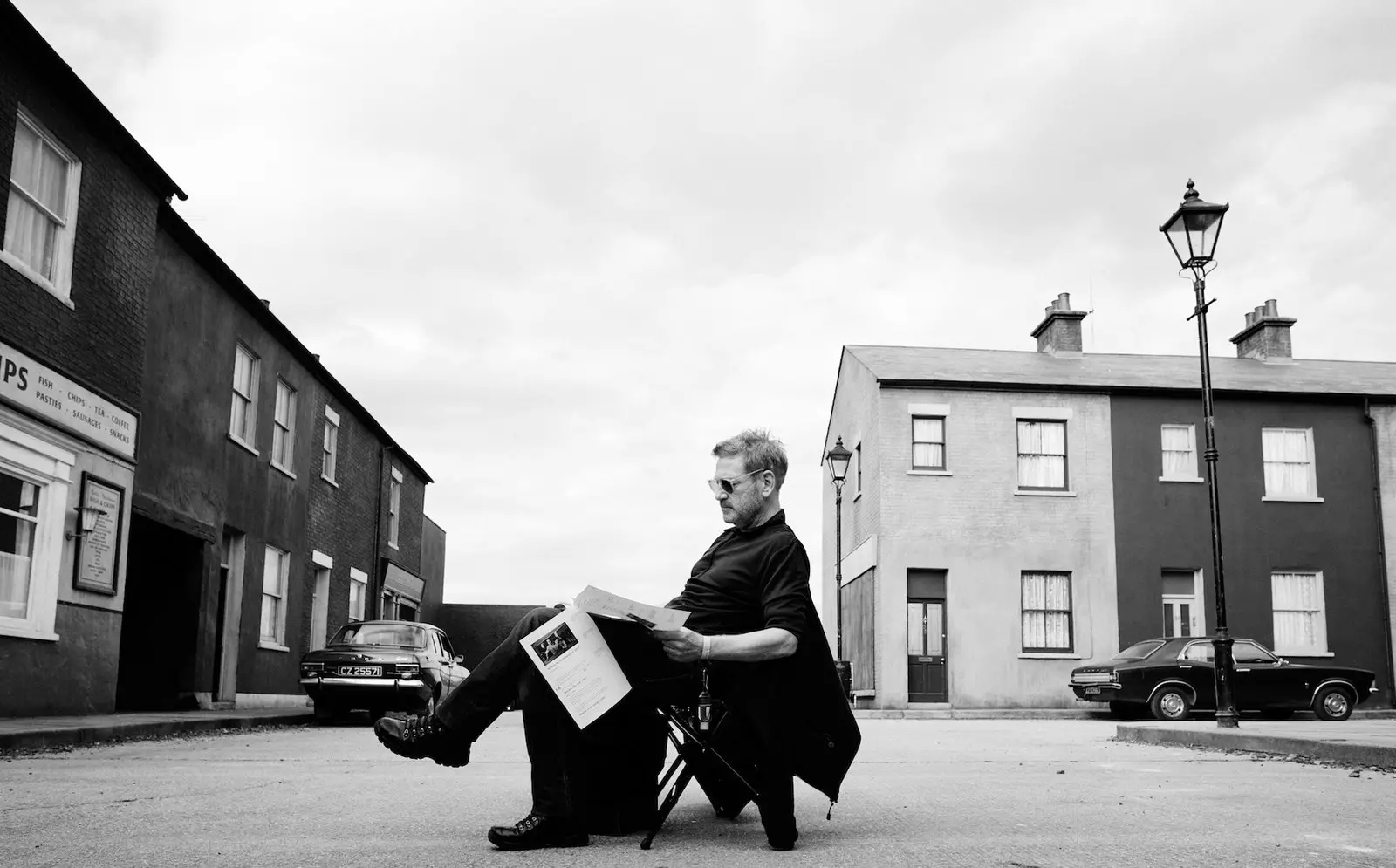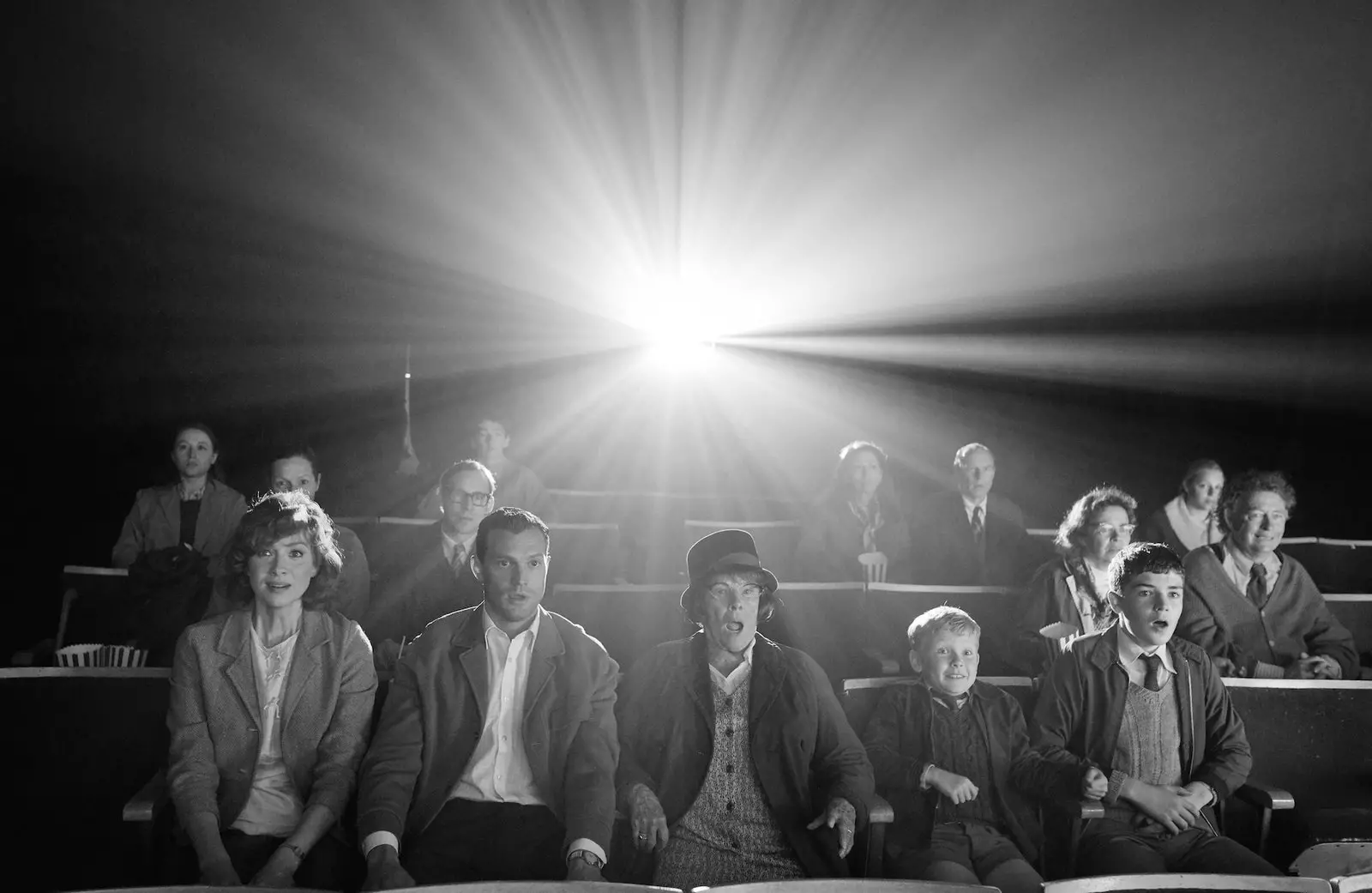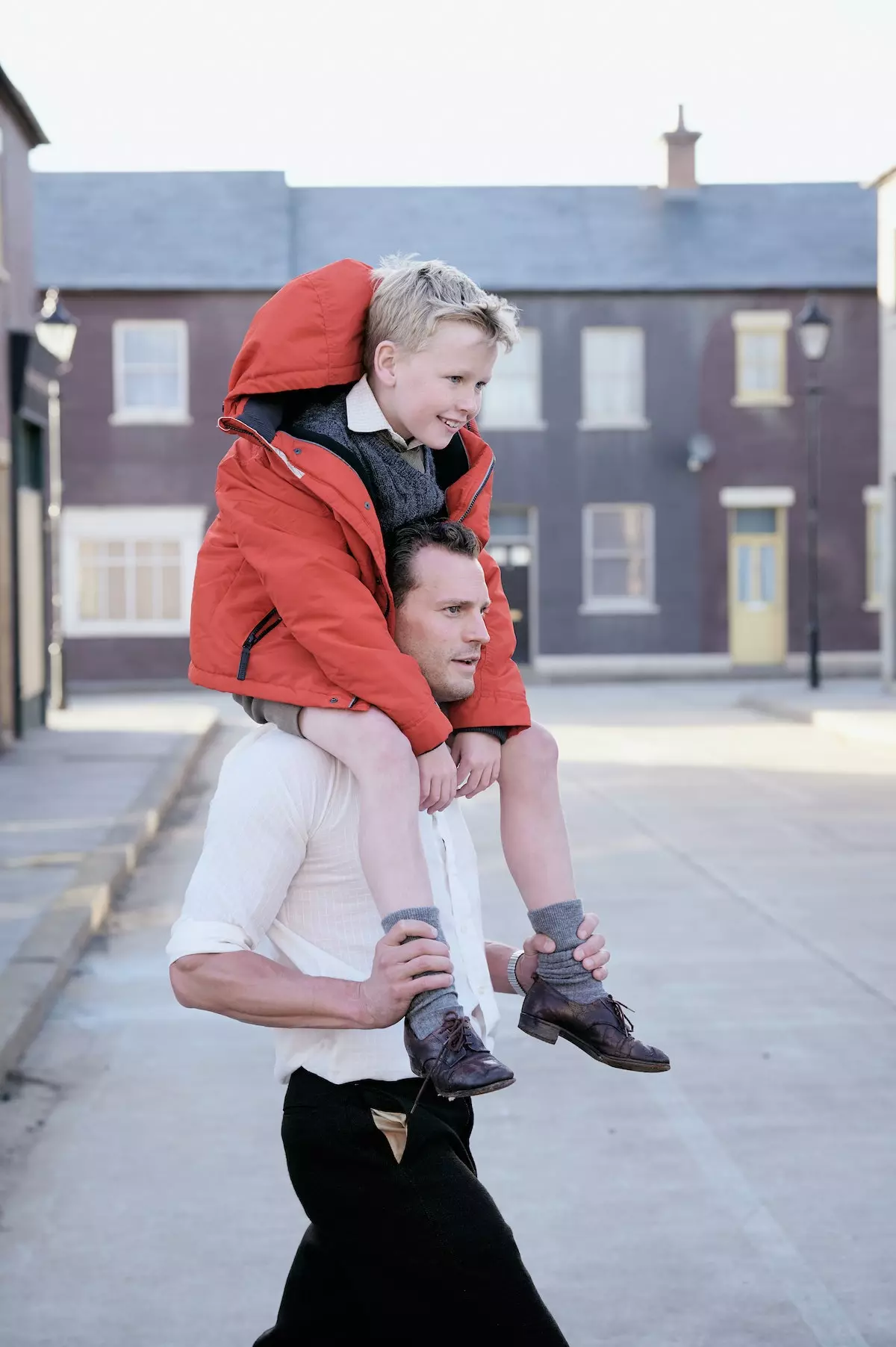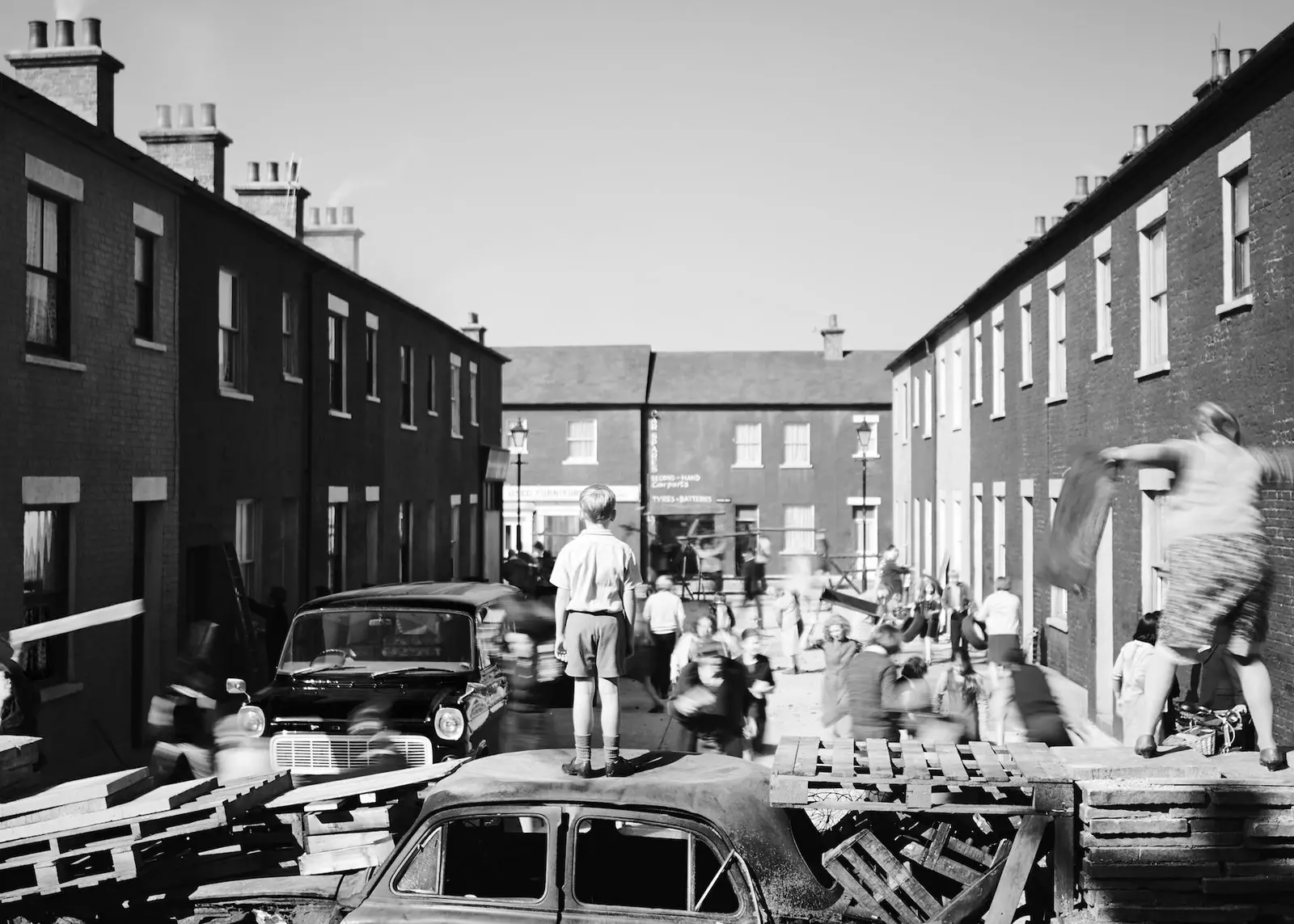Inspired by Rome, of Cuaron; Y pain and glory, of Almodovar, during the first lockdown, when the whole world locked down and stopped, Kenneth Brangh began to write his most personal story, one that he had 50 years ruminating. The story of his childhood in a working-class neighborhood in Belfast, when violent riots broke out between Catholics and Protestants, the Trouble; which ended for the director's family in a flight to England.
Belfast (Theatrical release January 28) is Kenneth Branagh's love letter to his city, to his neighborhood, to his neighbors, to his family and to his own childhood and everyone's. It is a dedicated tribute "To those who stayed, to those who left and to all the lost souls".
It is a review of his memory, a compilation of memories of those early days when violence broke out and life as they knew it changed completely. But it is a subjective vision when passing through the filter of memory and also the child's gaze. The film is told from the eyes of the protagonist, Buddy, a nine-year-old boy, who would be Branagh himself.

Kenneth Branagh in 'Belfast'.
"Many incidents that I tell are real, like the first riot or the supermarket thing, where my mother made me go return what I stole in the middle of the riot," recalls Kenneth Branagh, who also premieres in February Death on the Nile new adaptation of Agatha Christie's novels. “But almost everything is altered, intensified by the vision of the child: the glamorization of my parents (played by Jamie Dornan and Caitríona Balfe), the explosion of feelings. After 50 years there is no objective truth”.
In any case, the goal for Branagh was never to develop a story based on facts, but on feelings. Rescue what happened from the most human side possible, taking humorous moments. The riots, the trenches, the raised walls are for Buddy and his friends as a new playing field. An open-air territory to continue creating adventures like the ones he sees in the other place that obsesses him: the cinema. Seen on television and on the big screens of that time.
Belfast It is also a tribute to cinema. To the cinema that Kenneth Branagh grew up watching, with which his mind as a director and actor was formed. “My mom loved thrillers and my dad loved westerns, and I loved both,” he says. If he has shot his film in black and white, in addition to shading it with nostalgic memory, it is as a tribute to those films that he watched on the black and white television in his house. “I didn't know what movies were in color,” he admits. Only those that he saw in the cinema itself, like Chitty Chitty Bang Bang (which he includes in Belfast) or Yellow Submarine.

Caitríona Balfe, Jamie Dornan, Judi Dench and the kids watching 'Chitty Chitty Bang Bang'.
BELFAST TODAY
Branagh has also done Belfast with a message of reconciliation, not to forget what happened to know how far they have come in North Ireland. He premiered the film at the Belfast Film Festival and the response was unanimous.
“This is not just my story, it is everyone's story. I was looking for universal points, something beyond my family,” he says. “The reaction I had in that pass was a lot of emotion, all, Catholics, Protestants, young, old, they were proud.”
when they meet now 50 years of bloody Sunday, one of the most violent episodes of the entire Northern Ireland conflict, Branagh laments that what the film tells about him is still relevant because it still happens. “The day before that show in Belfast, there was a riot, smaller, thank God, but in the same place. The world is very polarized and the fuse lights up quickly, unfortunately”.

Jamie Dornan and Jude Hill, father and son.
The film starts in color. Van Morrison plays and shows us that Belfast of today. Calm. “These are special places for me that appear in those images,” he says. Also places that define the city.
“Cranes always dominate the Belfast skyline, the shipyard is another important place in the city, perhaps the one that makes it most famous, because it was built there The Titanic. Every summer they show the movie there, it's funny to be proud of something like that when we all know how the ship ended up, but as they say there, we didn't build the iceberg”, he laughs.
“The rest of the montage of images is an impression of what Belfast was to me, a city town: fairytale sites like the castle, the 19th century architecture and then the working class houses, the graffiti... Mara, countryside... It is a place that, after so many years of violence he has a fragile, imperfect spirit. But I wanted to mark that it has been a long time”.
After that montage in color, with the cartouche August 15, 1969 boot the black and white image. Her street could not be filmed in the real location, but it was rebuilt brick by brick by Farnborough Airport in Hampshire (England).

Kenneth Street, the first riot.
